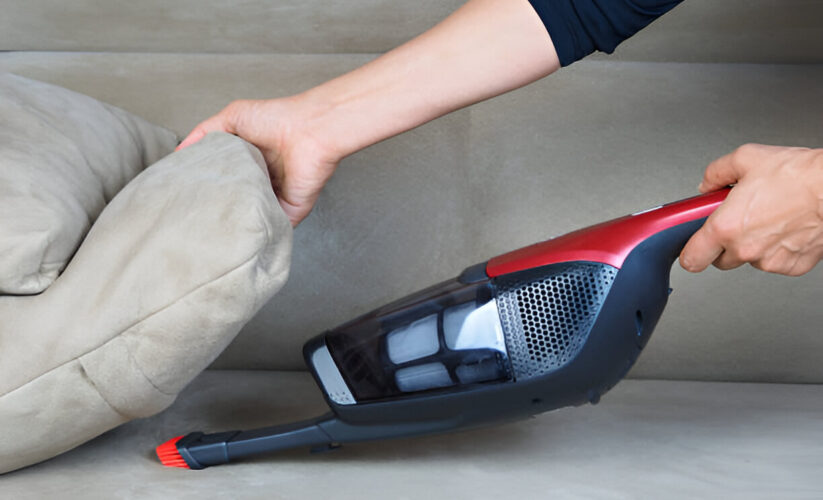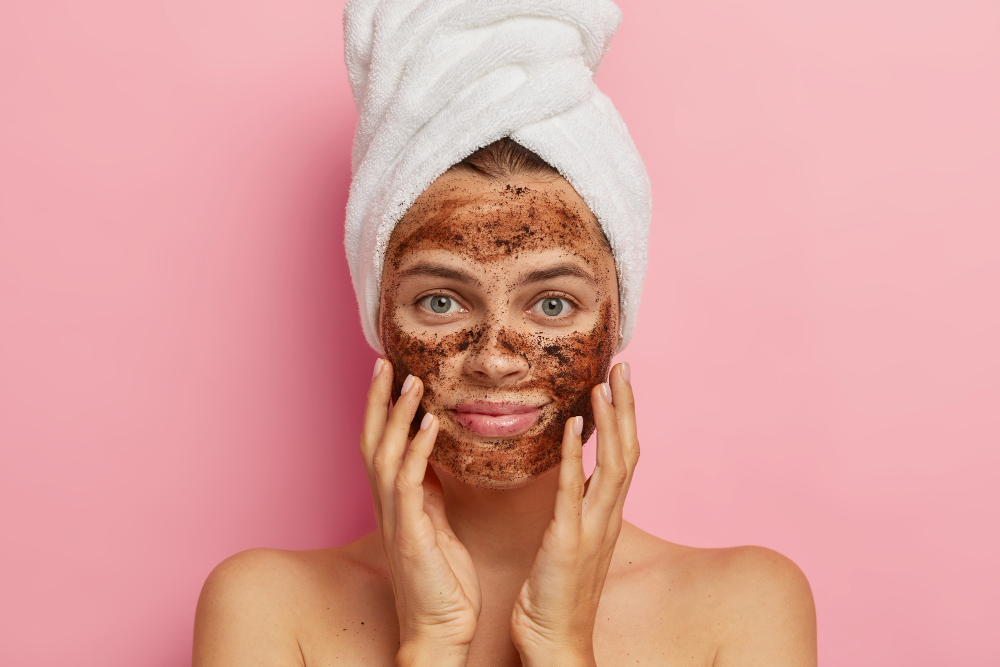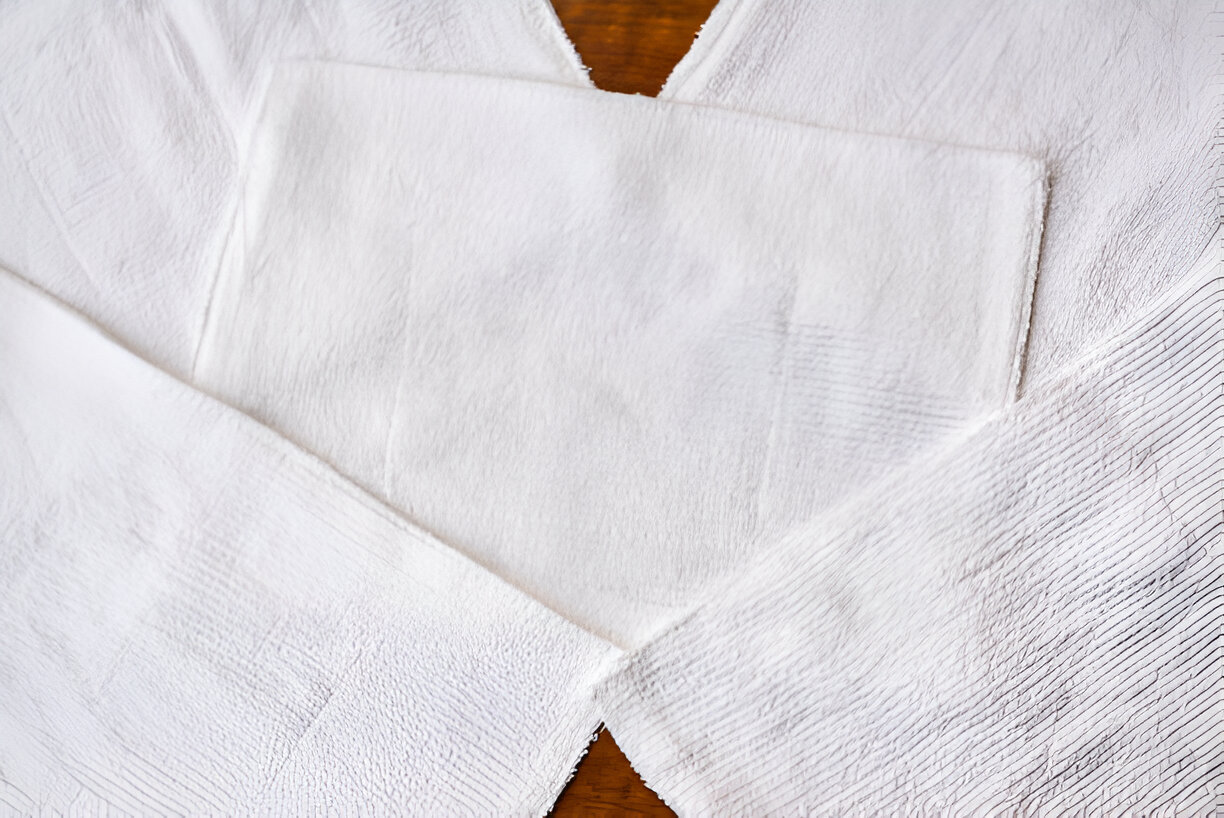

Mindy Pennybacker, author of
“Do One Green Thing”
and editor of
GreenerPenny.com
, answers your green living questions.
Q: What’s that funny smell in my new couch, and how do I get rid of it?
— Alice Marshall, Tuscon, Ariz.
A:
You are wise to be concerned: That funny smell may be no laughing matter!
Chemicals in some sofas can actually cause dizziness and fainting and have been linked to nervous system harm in developing children. These smelly vapors come from volatile organic compounds (VOCs), which readily evaporate, or “offgas,” polluting your indoor air. And they’re at their peak outflow when products are new.
Common VOCs include:
Fabric treatments:
Water-, moth- and stain-repellants often offgas formaldehyde, which is a respiratory irritant (it has an acrid smell reminiscent those embalmed frogs you dissected in biology class) and a probable human carcinogen, according to the U.S. Environmental Protection Agency.
The production of Scotchgard-type fabric treatments also releases perfluroinated chemicals (PFCs) into the environment; PFCs have been shown to adversely affect development in animals, and they have been found in human newborns, children and adults in representative population blood and urine tests by the U.S. Centers for Disease Control.
Vinyl:
If your couch is made of fake leather and smells like a new shower curtain, it probably contains polyvinyl chloride, (PVC), softened with toxic plasticizing chemicals known as phthalates. Phthalates have recently been linked (albeit in small-scale studies) to reproductive deformities in male infants and obesity and pubescent girls.
Chemical fire retardants:
Although toxic fire retardants known as penta brominated diphenyl ethers, or PBDEs, are not known to smell, you may nevertheless be inhaling these VOCs from your couch. Although the EPA has brokered a gradual phaseout of some PBDEs, others are still in use.
But there’s no reason to panic and shun your new couch! Instead, reduce your exposures while gradually getting rid of the smell, using these simple tips.
1. If the couch cushion covers are removable, wash them according to the manufacturer’s instructions and air dry them outdoors or near an open window. If you can’t remove the covers, wipe the couch gently with a rag moistened with water and baking soda, which will absorb a lot of the odors.
2. Ventilate that couch: Open windows, or run a fan to disperse fumes, for however long it takes for the smell to fade. And keep the room cool, since heat causes VOCs to more readily offgas.
For more information on phthalates, visit the
Greener Penny blog
. To learn more about PFCs and PBDE fire retardants, download
this PDF from the Ohio Department of Health
and visit the
Environmental Working Group’s website
. (For green-living tips on other topics,
read more advice from Mindy
.)






















